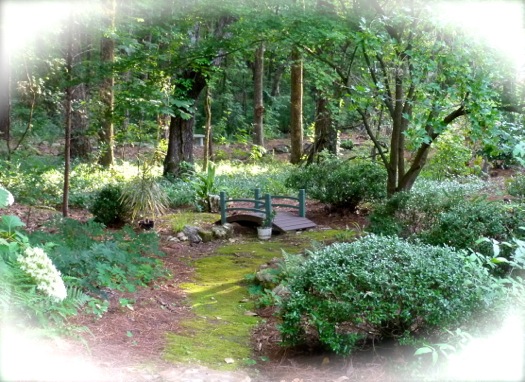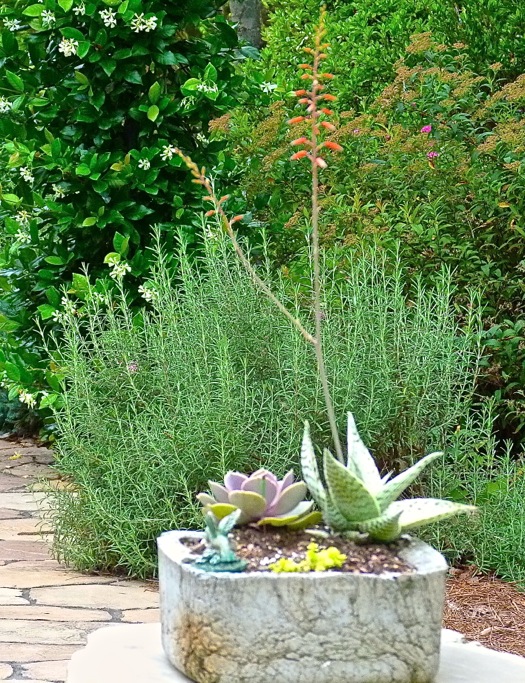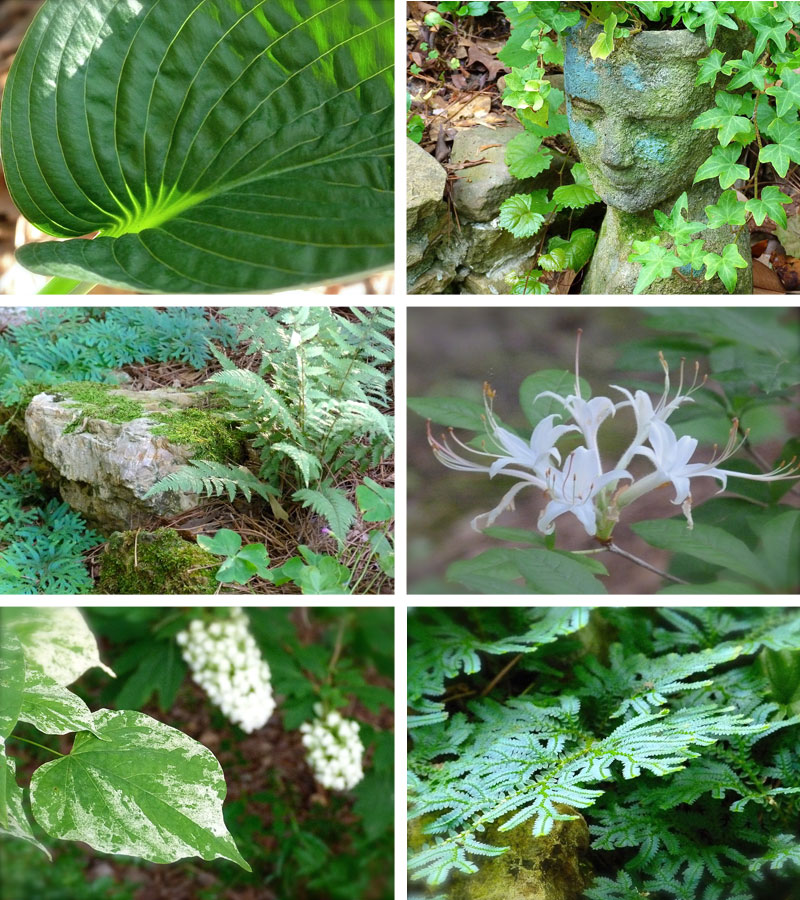Finding Turkey Tail Mushrooms
 Saturday, August 26, 2017 at 8:30PM
Saturday, August 26, 2017 at 8:30PM If you live near a forest, chances are you have seen turkey tails. I am not talking about Thanksgiving bird feathers, but about a type of shelf or bracket fungus that resembles its namesake. The scientific name is Trametes versicolor.
These fungi are found throughout the world on dead hardwood stumps and logs and sometimes on trees that are still alive. They can also grow on conifer wood. They play an important role in the biology of the forest, digesting dead wood and providing food and shelter to numerous tiny insects and spiders.
Recently I noticed these fungi growing on a log in my woodland garden, and their beauty motivated me to do some research.
Turkey tail brackets have colorful concentric circles of white, bronze, cinnamon, and sometimes blue, green, and orange. Their cups are hairy or velvety. Fresh turkey tails are thin and pliable but become stiff with age. 


 Their undersides are pale, yellowish to white with many tiny pores that are visible to the naked eye, about 3 to 8 pores per mm, as seen here:
Their undersides are pale, yellowish to white with many tiny pores that are visible to the naked eye, about 3 to 8 pores per mm, as seen here: Because of their numerous pores, they are known as polypores. False turkey tail, Sterium hirsutum, looks very similar but can be distinguished from the true turkey tail by its lack of visible pores. Other types of shelf mushrooms may have gills on their undersides.
Because of their numerous pores, they are known as polypores. False turkey tail, Sterium hirsutum, looks very similar but can be distinguished from the true turkey tail by its lack of visible pores. Other types of shelf mushrooms may have gills on their undersides.
Turkey tail mushrooms are not very tasty, but they are edible. They have been used in folk medicine for thousands of years, usually brewed as a tea, and they are being actively studied for their medicinal value. They are high in antioxidants and promote the function of the immune system. Research has shown them to be beneficial in fighting certain cancers. Health food stores often sale turkey tail supplements and extracts.
The log that carries my colony of turkey tails also sprouts resurrection fern, Pleopeltis polypodioides, which wilts when the weather is dry but quickly revives with rain. Behind the log is my old woodland rabbit, and there are a few impatiens blooming to the side and a colocasia behind it. The colocasia flops too much, and I will probably replace it next year with something more attractive.  It is a small vignette beside the woodland path. It is not flashy, but overall it is a pleasing combination and provides an interesting ecosystem to observe.
It is a small vignette beside the woodland path. It is not flashy, but overall it is a pleasing combination and provides an interesting ecosystem to observe.











